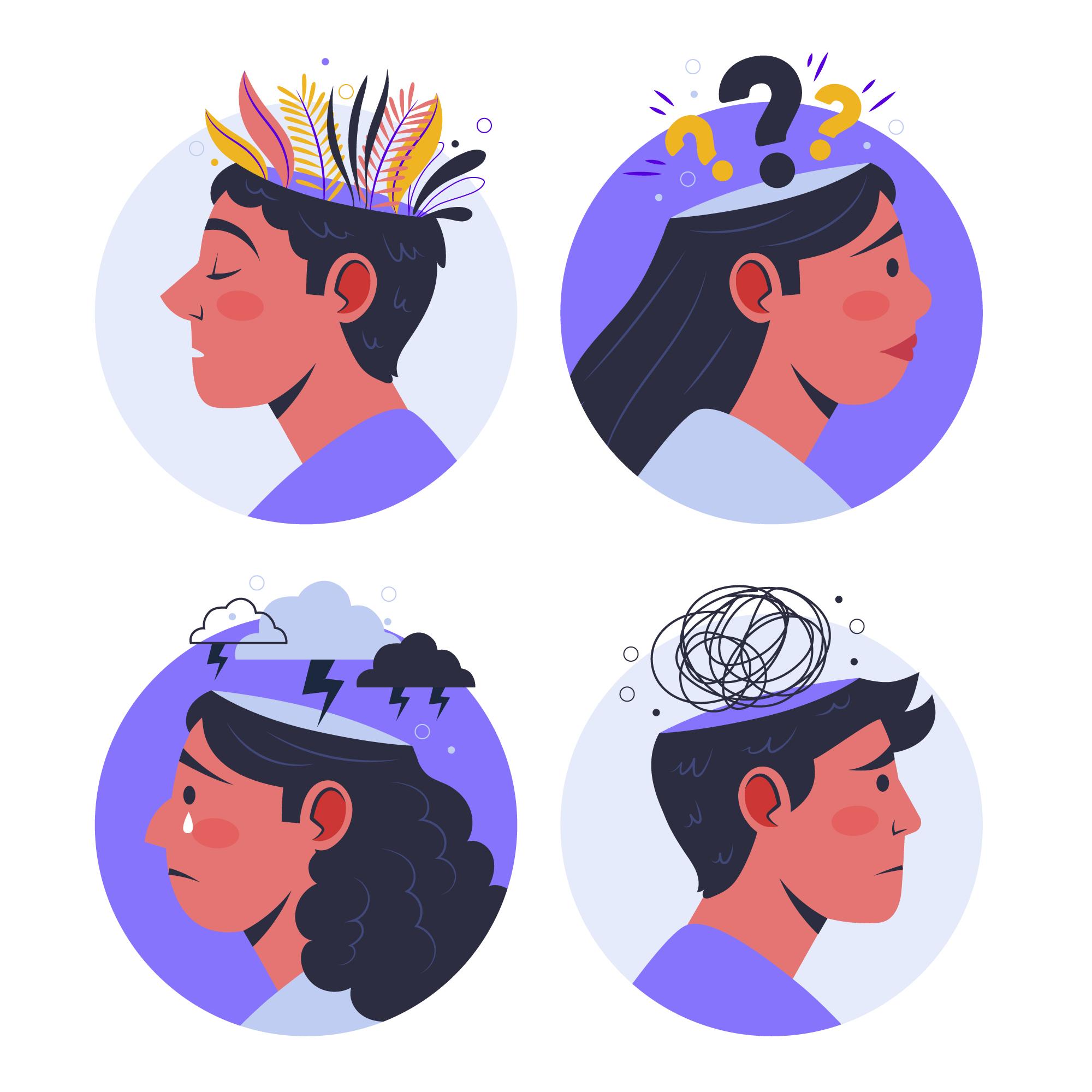Conversion Disorder
Overview
Conversion Disorder (also known as Functional Neurological Symptom Disorder) is a condition where individuals experience neurological symptoms such as paralysis, tremors, or seizures without any underlying medical explanation. It is believed to be linked to psychological distress, manifesting as physical symptoms. Historically, this disorder has been associated with hysteria and remains a significant area of study in psychosomatic medicine.
In India, Conversion Disorder is often underdiagnosed due to stigma and lack of awareness. Socio-cultural factors, including gender roles, family stress, and economic hardships, contribute to the prevalence of this disorder. Studies suggest that women, particularly from rural areas, are more vulnerable due to societal pressures and limited access to mental healthcare.
Key Facts
- The prevalence of Conversion Disorder in India ranges between 4-11% in psychiatric outpatient settings, with higher rates among adolescents and young adults.
- Women are disproportionately affected, with studies indicating that 70-80% of diagnosed cases involve females.
- Conversion Disorder is commonly reported in individuals with histories of trauma, abuse, or prolonged psychological stress.
- Studies have shown that rural populations and individuals with low socioeconomic status are at a higher risk due to cultural beliefs and lack of mental health support.
Symptoms and Patterns
Conversion Disorder manifests through various neurological symptoms that do not have an organic cause. Common symptoms include:
- Motor Symptoms: Paralysis, weakness, tremors, gait abnormalities.
- Sensory Symptoms: Loss of vision, hearing, or sensation.
- Seizure-like Episodes: Non-epileptic seizures that resemble epilepsy but lack physiological basis.
- Speech Difficulties: Mutism, slurred speech, or difficulty swallowing.
- Psychological Patterns: Symptoms often appear following emotional stress or traumatic experiences and may worsen in high-stress environments.
Risk and Protective Factors
Risk Factors:
- Psychological Trauma: Childhood abuse, domestic violence, or sexual trauma.
- Stress and Anxiety: High levels of stress, especially related to family or financial issues.
- Cultural Influences: Belief in supernatural causes, social expectations, and gender roles.
- Underlying Mental Health Issues: Co-occurrence with depression, anxiety, or PTSD.
- Limited Mental Health Awareness: Delayed diagnosis and inadequate treatment in many Indian regions.
Protective Factors:
- Early Psychological Intervention: Therapy and counselling can prevent escalation.
- Social Support: Strong family and community support reduce vulnerability.
- Access to Mental Healthcare: Awareness programs and better healthcare infrastructure help in early identification and treatment.
- Stress Management Techniques: Mindfulness, meditation, and yoga are effective in managing stress-related symptoms.
Treatment and Care
- Psychotherapy: Cognitive Behavioural Therapy (CBT) is the most effective treatment for Conversion Disorder.
- Physical Therapy: Helps in managing motor symptoms and regaining normal function.
- Medication: Antidepressants and anxiolytics may be prescribed if co-existing mental health disorders are present.
- Family Therapy: Educating family members about the disorder helps in reducing stigma and improving support.
Psychological and Psychosocial Interventions
- Psychoeducation: Increasing awareness about the disorder to reduce misdiagnosis and stigma.
- Trauma-focused Therapy: Addressing past trauma to prevent recurrence of symptoms.
- Community-based Programs: Strengthening mental health support systems in rural and underserved areas.
- Mind-body Interventions: Yoga, meditation, and relaxation techniques have shown significant benefits in symptom management.
Conclusion
Conversion Disorder is a complex psychological condition that requires a multidisciplinary approach for effective management. In India, increasing awareness, reducing stigma, and enhancing access to mental healthcare are crucial in addressing this issue. By integrating psychological interventions with community support, individuals suffering from Conversion Disorder can lead healthier and more fulfilling lives.



